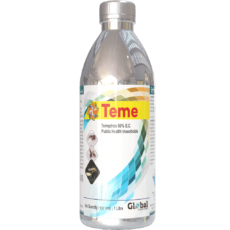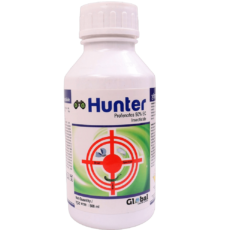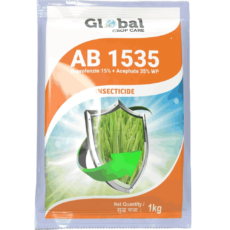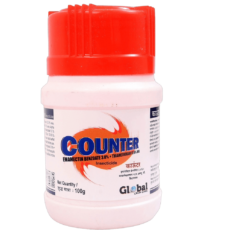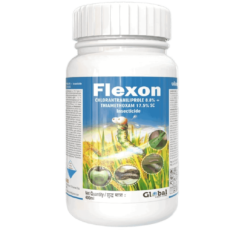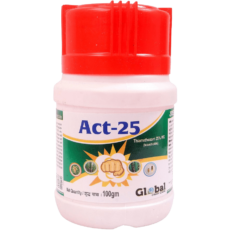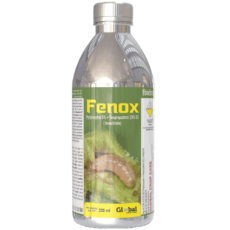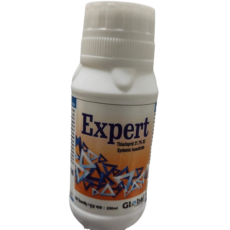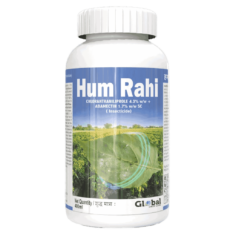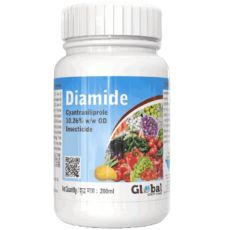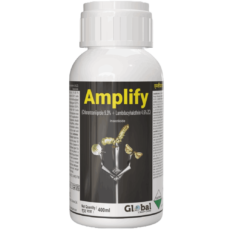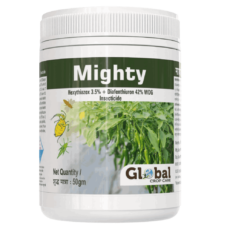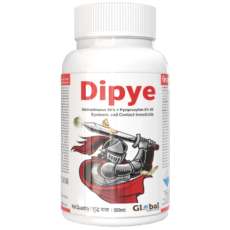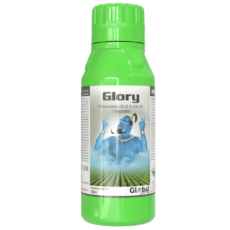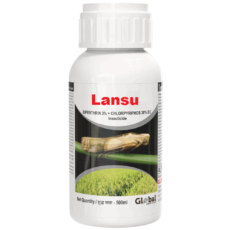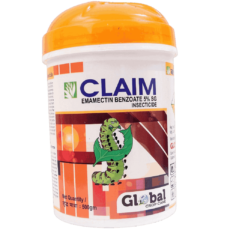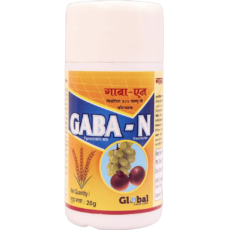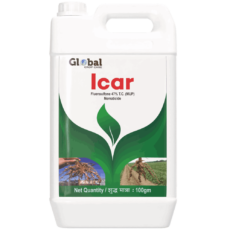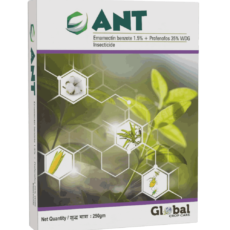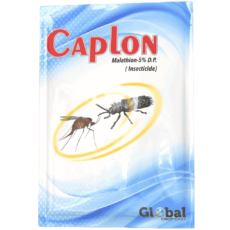Description
RodentNil, Zinc Phosphide is a greyish black coloured heavy. Amongst all available rat poison tried in India. Zinc Phosphide has given all round satisfactory results and still continues to be the most popular rodenticide. *Caution : Toxic to aquatic organisms hence should not be used near water bodies, aquaculture or pisciculture. Product is highly toxic to birds hence avoid use near bird habitat.
Direction of Use
Method of application: Pre-Baiting: Rats are very sensitive to any market change or the presence of any new articles in their environment. Hence, the placing of poison baits all of sudden , for rat control, is not likely to yield any satisfactory results. For the first four or five days, place plain baits consisting of any materials available locally in the vicinity or rat burrows or areas frequently visited by rats. the baits materials should be whole wheat, rice, rice sweat, potato, pieces, dry fish, food articles or any such materials which could be resished rats. Rats are very baits-shy and would not touch the plain baits and take the baits we can find out the place of baits points from where the baits are consumed by rats. This in short is the process called pre-baiting. BAITING: When more than 75% of the plain baits of the known baits points are consumed, add zinc phosphide ( 1 part of Zinc Phosphide to 10 parts of bait by weight) and replace the plain baits at the bait points with poison baits. The placing of poison baits should be continued for two to three days by which time, 75 to 85% of the rat population would have been exterminated. Do not use either plain baits or poison baits for another fortnight or so when again pre-paiting should commence but with different base for bait followed by poison bait later. This follow-up treatment should account for the population left alive after the first course. While preparing the baits either plain or poison actual manual handling should be avoided as per is possible.
Time of Application
–
Precaution
1. Keep away from foodstuffs, empty foodstuff containers and animals food. 2. Avoid contact with mouth, eyes and skin. 3. Avoid inhalation . 4 Do not smoke, drink, eat and chew anything while in use. 5. Wear full protective measures while mixing and in use.
Symptoms Of Poisoning
Nausea, Abdominal pain, tightness in the chest, weakness, excessive thirst, convulsions may occur.
First Aid
1. If swallowed, induce vomiting by tickling the back of throat. Repeat it until the vomitus is clear. Do not induce vomiting if the patient is unconscious. 2. If clothing and skin are contaminated, remove the clothes and wash the contaminated skin with copious amount of soap and water. 3. If eyes are contaminated, flush with plenty of saline/clean water for about 10 to 15 minutes. 4. If inhaled, remove the patient to fresh air.
Phytotoxicity
–
Antidote
No specific antidote is known. Treat symptomatically.


